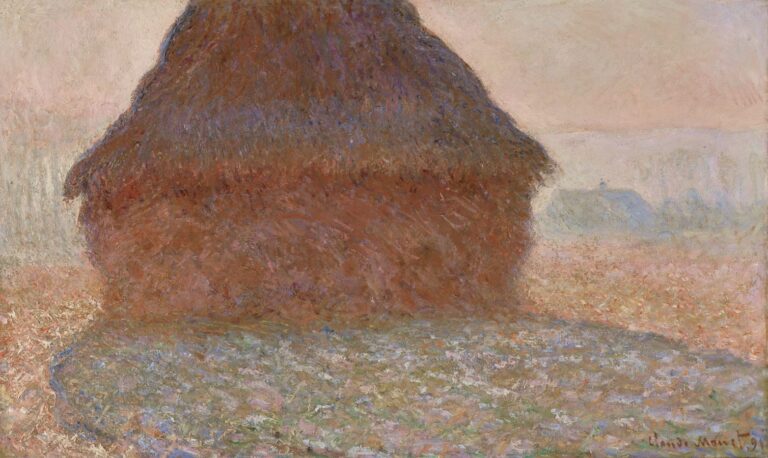One of my greatest surprises of 2018 is Albertina’s monographic exhibition of Claude Monet. My astonishment was caused only by my bias – it’s obvious that Albertina usually organizes fantastic exhibitions, but Monet in Vienna? It didn’t ring a bell. As it turned out, this exhibition is one of the most interesting about the “Master of Light” I have ever seen.
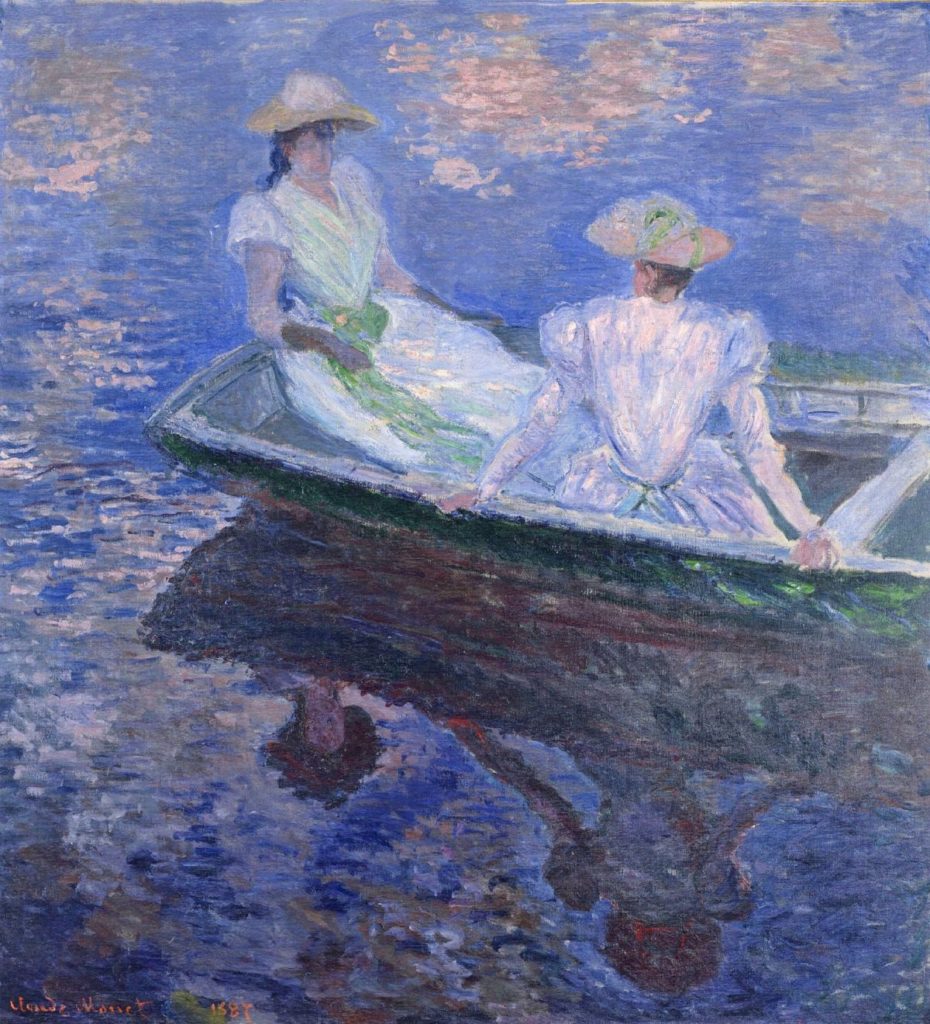
My first surprise was how huge it is. Realized with the generous support of the Musée Marmottan Monet in Paris, it presents nearly 100 paintings, among which there are not only the widely known masterpieces from Paris but also the ones from unknown, often private collections. They all illuminate Monet’s development from Realism to Impressionism to what after Monet’s death would be called “abstract”.
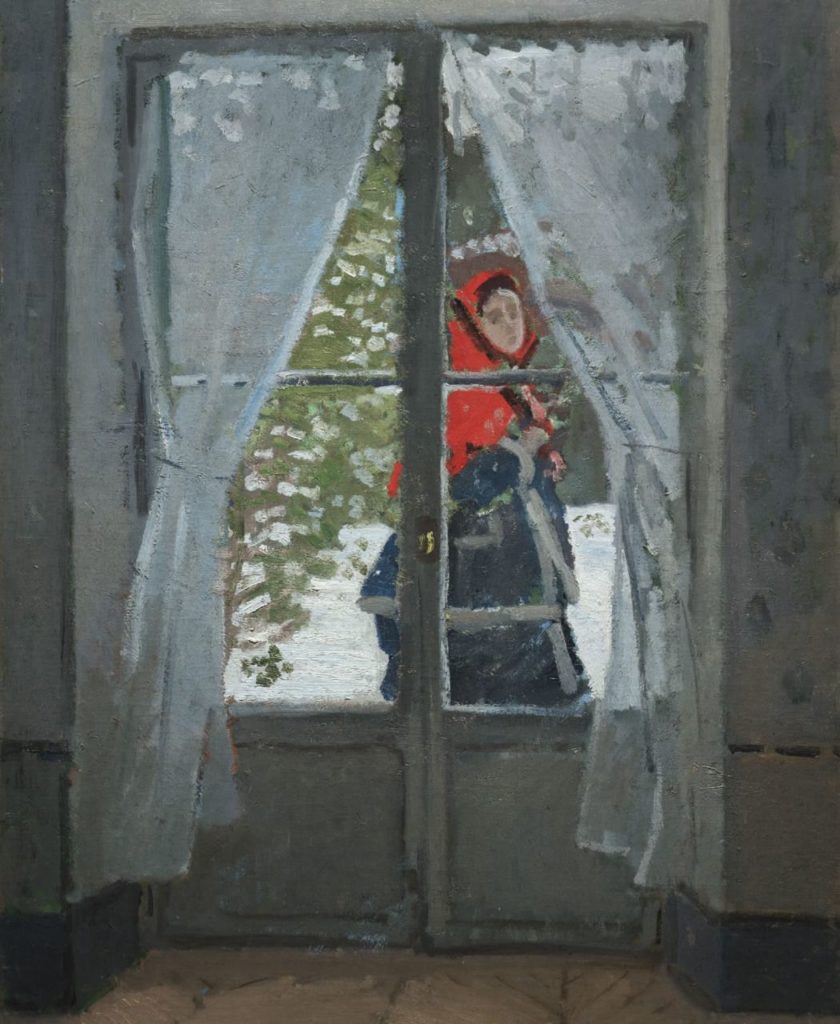
The curators lead us along the Seine, pausing at various stations of his life: Paris, where Monet captured the pulse of modern life with flickering light; Argenteuil, where he reconciled nature and technology; Vétheuil, where in the face of his precarious financial and family situation, he withdrew into solitude to devote himself to unspoiled and original nature; and finally in Giverny, where he arrived at a new aesthetic concept that led Impressionism out of its crisis and paved the way for modern painting.
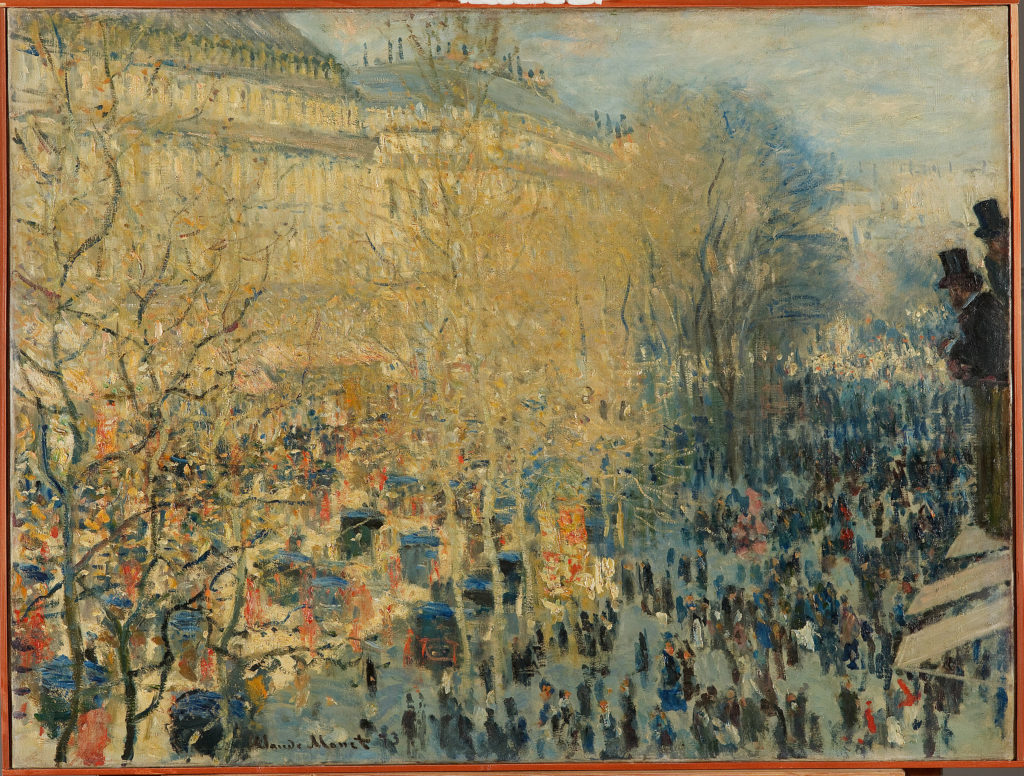
Of course we also see the cliffs of Normandy, the series of paintings of a Creuse, the British Parliament or Rouen Cathedral and as a huge finale of the world-famous water lily paintings. The visitors also can find some paintings of the painted by almost blind, over 80-years-old painter. The colors become dark, autumnal, the surfaces increasingly replaced by lines. As the director of the Albertina Klaus Albrecht Schröder described them: Comparable with the late work of the deaf Beethoven. They clearly point to the next epoch of art history, the abstract expressionism of Jackson Pollock, Mark Rothko, Barnett Newman, or a Joan Mitchell (which is a different story, told lately by Musée Orangerie in The Water Lilies. American Abstract Painting and the last Monet exhibition).
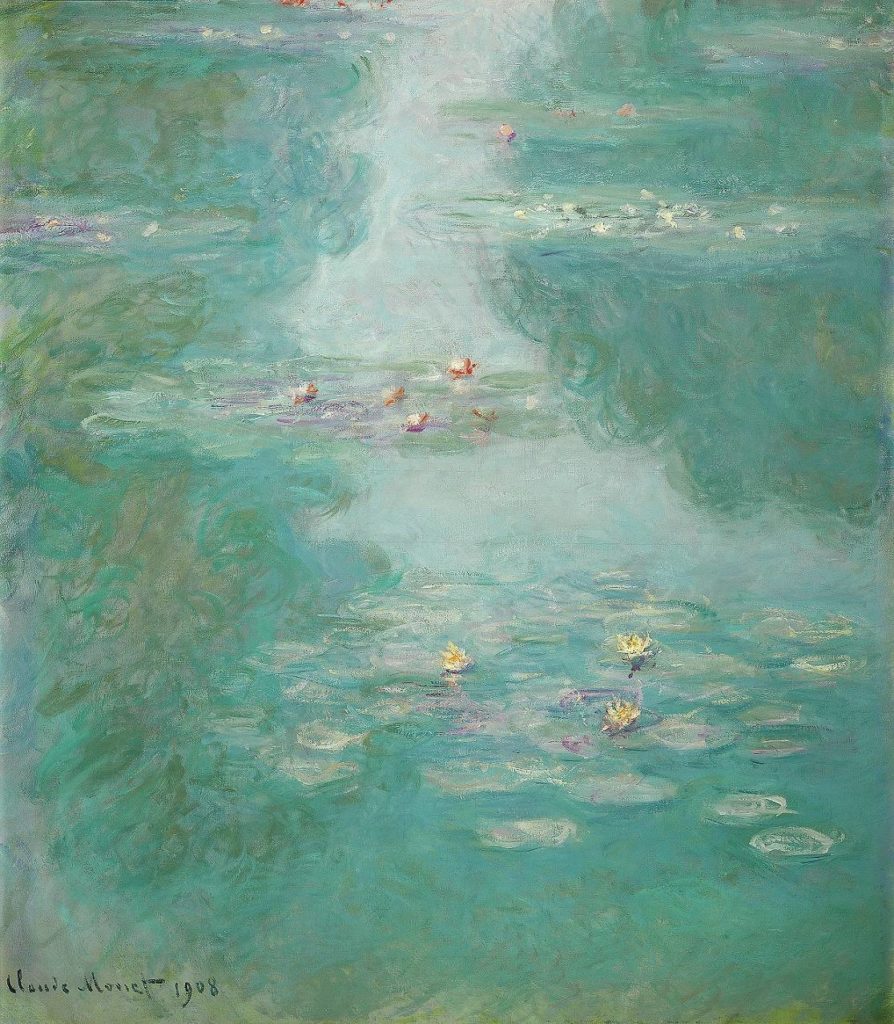
The river is the key here. It means the floating world of the Japanese woodblock prints that influenced Monet; the coalescing of water, mist, fog, snow, and ice; the colours that change with the weather and lighting conditions; the reflections on the water surface.
Everything we love about Monet in a surprising selection.
The exhibition is on view in Albertina from 21 September 2018 until 6 January 2019. You can learn more about it here.
Find out more:
[easyazon_image align=”none” height=”160″ identifier=”377743096X” locale=”DE” src=”https://www.dailyartmagazine.com/wp-content/uploads/2018/11/61Dfbi7yODL.SL160.jpg” tag=”dail017-21″ width=”139″]
[easyazon_image align=”none” height=”110″ identifier=”3791323407″ locale=”US” src=”https://www.dailyartmagazine.com/wp-content/uploads/2018/11/617RDGE44XL.SL110.jpg” tag=”dailyartdaily-20″ width=”94″] [easyazon_image align=”none” height=”110″ identifier=”1785511165″ locale=”US” src=”https://www.dailyartmagazine.com/wp-content/uploads/2018/11/51b5BgeMyUL.SL110.jpg” tag=”dailyartdaily-20″ width=”96″] [easyazon_image align=”none” height=”110″ identifier=”3836523213″ locale=”US” src=”https://www.dailyartmagazine.com/wp-content/uploads/2018/11/419qdqHwrYL.SL110.jpg” tag=”dailyartdaily-20″ width=”90″]
